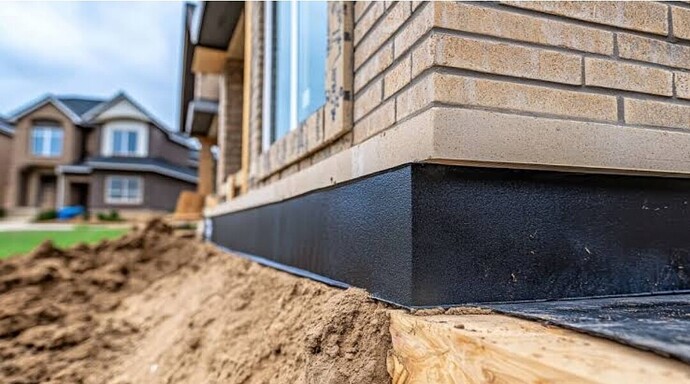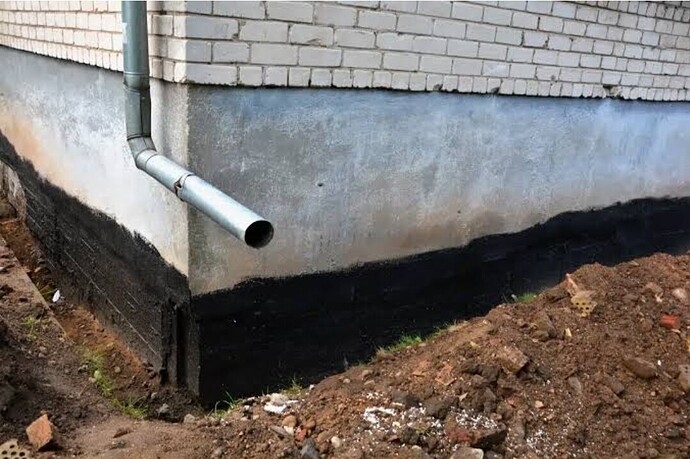A home’s foundation is its most critical structural component, providing support for the entire building. Over time, foundations can develop cracks, settle unevenly, or experience other forms of damage due to soil movement, water intrusion, or poor initial construction. Addressing foundation issues promptly is essential to maintain the safety, stability, and value of your home. Foundation repair and stabilization are key processes that prevent further damage and ensure long-term durability.
1. Identifying Foundation Problems
The first step in foundation repair is recognizing the signs of trouble. Common indicators include:
Cracks in walls, ceilings, or floors, especially near windows and doors
Doors and windows that stick or fail to close properly
Uneven or sloping floors
Gaps between walls and floors
Bowing or leaning exterior walls
Early detection allows for timely intervention, preventing minor issues from escalating into major structural failures.
2. Common Causes of Foundation Damage
Understanding the causes of foundation problems helps determine the appropriate repair method. Typical causes include:
Soil Movement: Expansive clay soils or poorly compacted soil can shift over time, causing foundation settlement or heaving.
Water Damage: Poor drainage, leaking pipes, or excessive rainfall can erode soil or weaken foundation materials.
Construction Defects: Improperly mixed concrete, insufficient reinforcement, or poor site preparation can compromise foundation integrity.
Tree Roots: Large trees near the foundation can absorb moisture and cause soil shrinkage, leading to settlement.
3. Foundation Repair Techniques
Several methods are used to repair and stabilize foundations, depending on the type and severity of the problem:
Slab Jacking (Mudjacking): Injecting a cement mixture under a sunken slab to lift and level it.
Piering or Piling: Installing steel or concrete piers beneath the foundation to transfer the load to more stable soil or bedrock.
Crack Repair: Filling cracks with epoxy or polyurethane to restore structural integrity and prevent water intrusion.
Soil Stabilization: Improving soil conditions using chemical injections or compaction to reduce settlement risks.
Underpinning: Reinforcing existing foundations by extending support deeper into stable soil layers.
4. Preventive Measures and Maintenance
After repairs, ongoing maintenance helps prevent future foundation problems. Proper grading around the home ensures water drains away from the foundation. Gutters and downspouts should be maintained to prevent water accumulation. Landscaping should avoid planting large trees too close to the foundation, and plumbing leaks should be repaired promptly. Regular inspections identify early signs of settling or cracking before they become serious issues.
5. Benefits of Foundation Stabilization
Investing in foundation repair and stabilization provides multiple benefits:
Restores structural integrity and safety
Prevents costly damage to walls, floors, and other building components
Improves property value and marketability
Enhances peace of mind by reducing the risk of future structural problems
Conclusion
Foundation repair and stabilization are essential for preserving the safety, stability, and value of any home. By recognizing early warning signs, understanding the causes of damage, and implementing appropriate repair methods, homeowners can prevent further structural issues and maintain a secure living environment. Proper maintenance and professional oversight ensure that foundations remain strong and durable for years to come, protecting both
Nthe property and its occupants.

